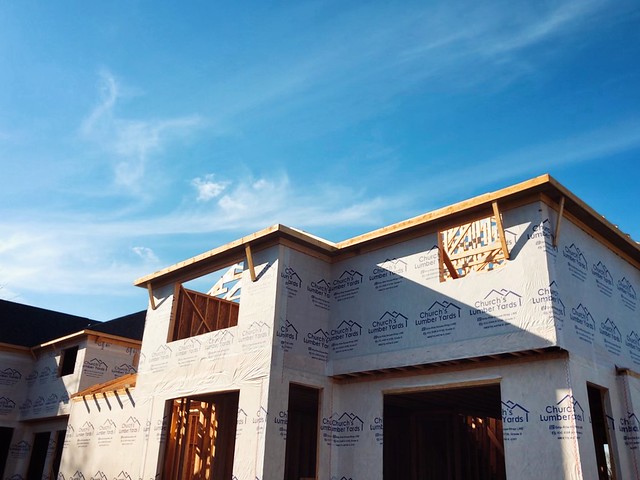The number of contracts to buy homes signed in March was 5.2 percent lower than the month before, according to new numbers from the National Association of Realtors. The data, from the NAR’s latest Pending Home Sales Index, shows pending sales – which measure contracts, not closings – were down for the first time since last November. Lawrence Yun, NAR’s chief economist, says buyer demand is still outpacing the inventory of available homes for sale. “The lack of housing inventory is a major constraint to rising sales,†Yun said. “Multiple offers are still occurring on about a third of all listings, and 28 percent of homes are selling above list price. Limited housing supply is simply not meeting demand nationally.†Yun expects things to brighten up in the months ahead, though. In fact, he says sales in the second half of the year should be considerably better, as job gains and lower mortgage rates are expected. (source)













